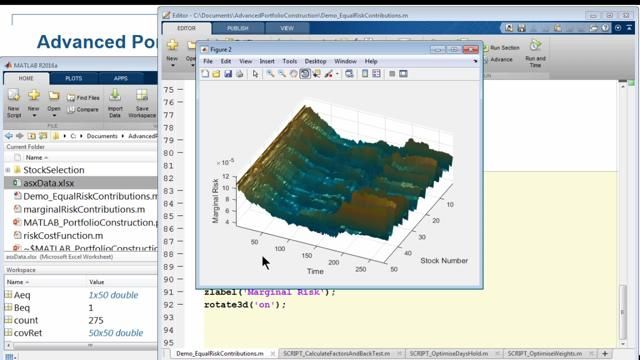Using MATLAB for Real-Measure Calibration of Stochastic Volatility Models in Finance
Leonid Timochouk, Independent trader
In many financial applications (such as volatility arbitrage trading, options market making, algorithmic trading strategies, counter-party credit exposure computation, VaR analysis, and others), it is important to construct probability density functions (PDFs) of the underlying stochastic processes in real measure. In other words, the parameters of the corresponding stochastic/local volatility (SLV) models are to be calibrated to the time series of the observable price spot/futures price values rather than market prices of options. One way of performing such a calibration is by applying Bayesian optimal filtering with conditioning on price observations. This method requires computation of transition probabilities between conditioning points. In this session, we present two solutions for the latter problem, both implemented in MATLAB. One solution uses a generalised Fokker-Planck PDE, and the other is based on a semi-analytical method of heat kernel expansions. The pros and cons of both solutions are discussed, as well as lessons learned about using MATLAB for this type of problem.
Recorded: 19 Jun 2012




